Wansford Yard Remediation
EMC successfully remediated petroleum contaminant and aggregates for The city of evansville’s redevelopment project
Background
The site is a former railroad maintenance yard on approximately 66 acres of land that is bordered by Pigeon Creek. Besides the petroleum contaminants present from the historical land use as a rail yard, the property was also covered with coarse coal refuse and mining gob material (collectively called aggregates) from off-site mining activities. The property had not been used since the 1970’s and had been used by vandals, homeless people and people making methamphetamine. The City of Evansville purchased the property to be the location of a proposed wastewater treatment plant. Parts of this project have been funded through money obtained through the State Revolving Loan Fund.
Approximately 360,000 cubic yards of cinder fill was determined to be within the boundaries of the site. The thickness of the material ranged from a half of a foot at the limits of the fill to a maximum depth of 20 feet. Various amounts of rubble and debris were also mixed with the cinder fill. Several gullies had formed along the creek through the cinders where acid mine waters flowed into the creek. The property also had many acres of land with stressed vegetation or areas where vegetation would not grow.
Solution
Several remedial methods were employed at this site. Initially, the property was cleared, and all aboveground and underground structures from the rail yard facility were removed. All of the gullies along the creek were repaired and stabilized. An approximate volume of 2,220 tons of diesel contaminated soil was excavated and disposed of at a licensed facility. The next phase involved removing approximately 81,583 cubic yards of aggregates from the wastewater treatment plant footprint and then placing this material in a berm that would surround the future wastewater treatment plant. An approximate volume of 44,667 cubic yards of total petroleum hydrocarbon-impacted soil was then excavated and relocated into the berm. The berm and the portion of the property outside of the plant footprint was covered with a layer of agricultural lime (to neutralize the aggregates) and then a 2 foot soil cover was placed over the top of the aggregates. A borrow pond was constructed for fill and cover material, and several drainage features were installed to control the run-off from the property. The property was then vegetated to provide erosion control and cap maintenance.
Result
A No Further Action status has been issued from the State Clean-Up Branch.

